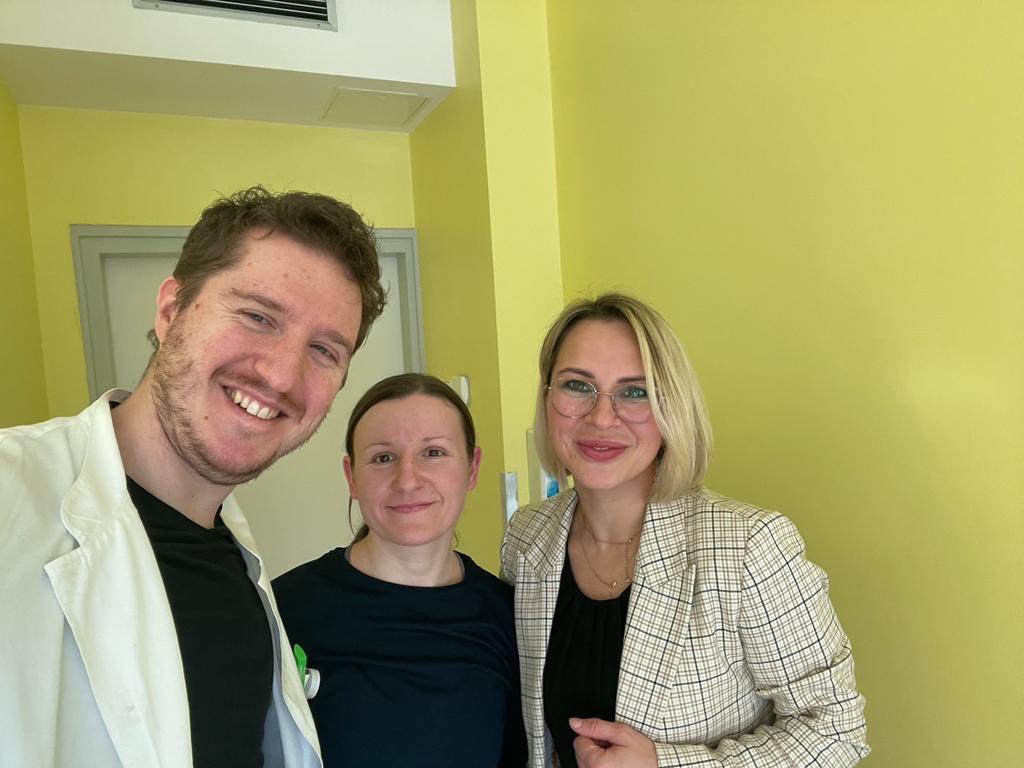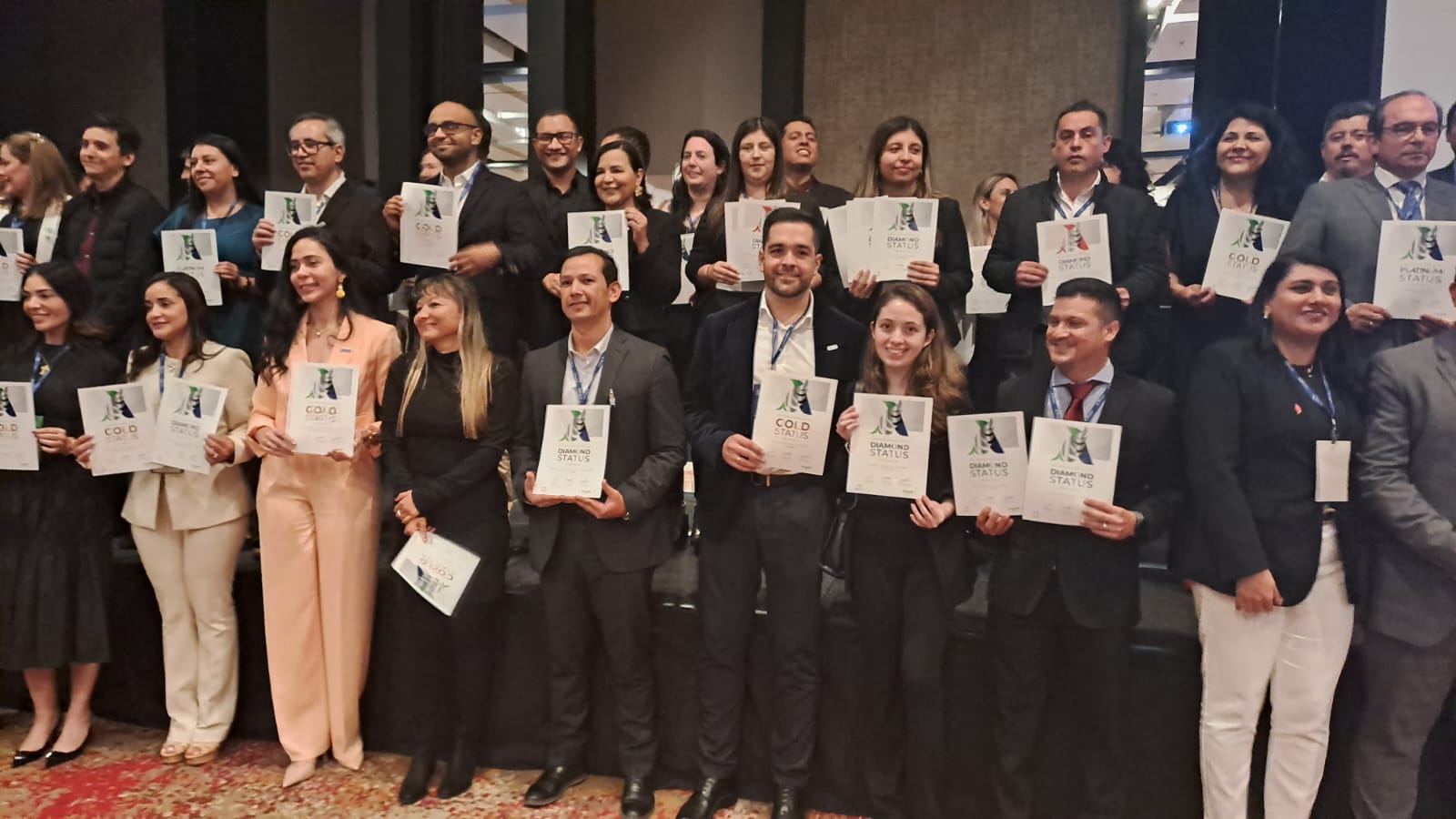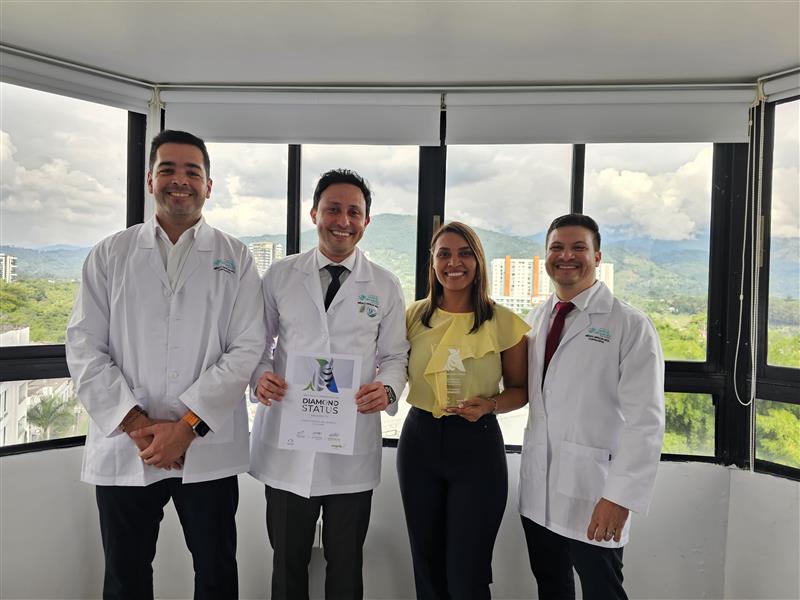
ALTHOUGH tourist brochures might suggest otherwise, there is more to Croatia than its picturesque and intricately indented coastline and pristine beaches.
The upper arm of its crescent shape is as green as the coast is blue, and that is not the only difference between its inland and coastal regions. There’s the mild Mediterranean climate on the coast versus the warm summers and cold winters of continental Croatia, plus indications (dispiriting for prospective real estate buyers looking for an ocean view) that coastal properties can cost around five times more per square metre compared to more affordable properties in the northeast.
Still more sobering is the fact that (according to a 2015 study) the incidence rate of stroke in the continental part is 45 percent higher than at the coast where fish, fruit, vegetables and olive oil are regularly consumed.
Time to double down on plans to stick to a Meditterranean diet?
But this disparity is not the primary reason why Angels consultant Maria Sheverdina began her work in Croatia in the Koprivničko-Križevačka region located on the northeastern border with Hungary. She says, “When I started working in Croatia I decided to go region by region. And it made sense to start in Central Croatia and the hospitals around [the capital] Zagreb.”
Zagreb was the destination for her first trip to Croatia at the invitation of Prof Hrvoje Budinčević who as well as heading up the award-winning neurology department at University Hospital Sveti Duh and the Croatian Stroke Society, serves on the steering committee of the ESO’s Stroke Action Plan for Europe.
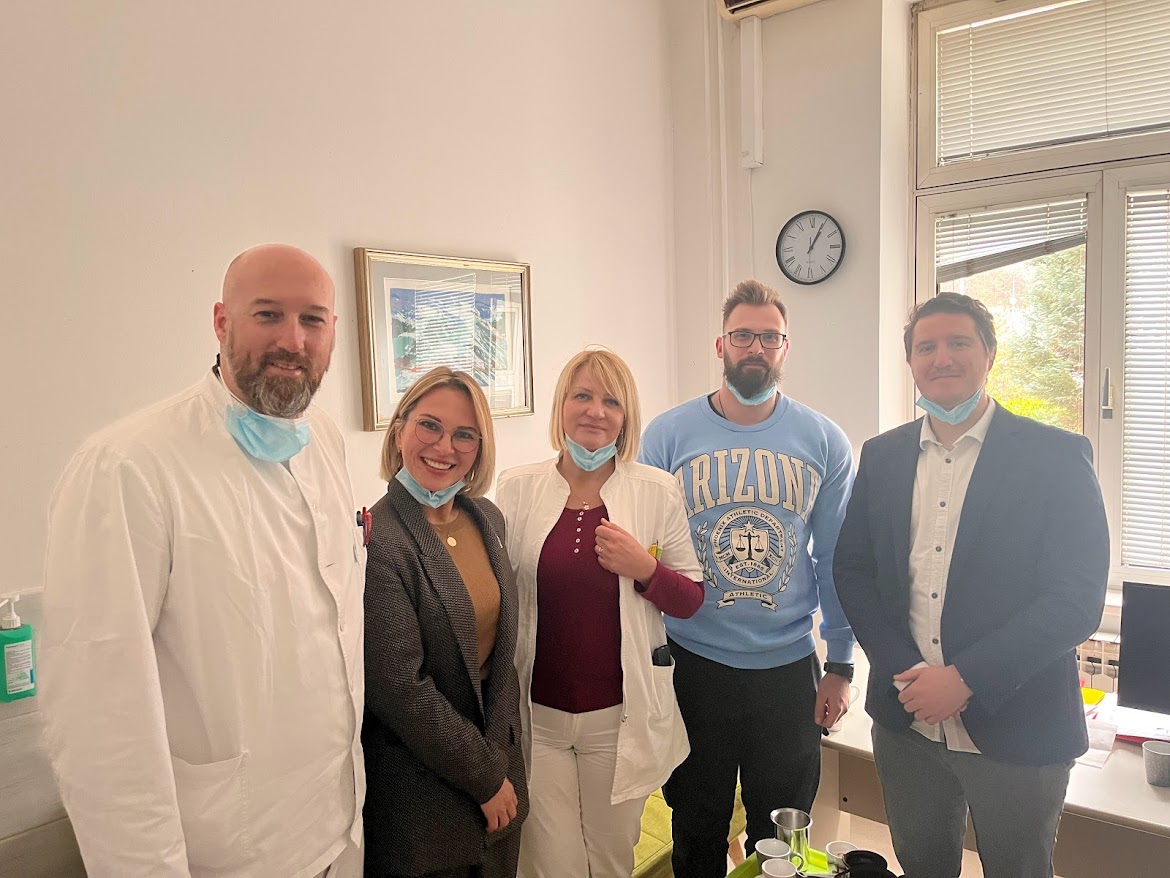
Also present at the meeting was the team from the General Hospital “Dr Tomislav Bardek” in Koprivnica whose head of neurology, Dr Juraj Mark Poje, attended an Angels Train the Trainer workshop in 2019.
Dr Juraj wanted to make changes in his hospital to reduce their DTN time of 85 minutes, but he needed support. So her next visit to Croatia, in May 2023, took Maria to a crucial meeting in Koprivnica, where Dr Juraj’s hospital was treating between 2 and 3 patients per month.
The hospital director Dr Mato Devčić, himself a specialist in anesthesia, resuscitation and intensive care, opened the meeting, underlining the importance of stroke. Everyone else in the room, representing several departments, would become part of the stroke improvement working group lead by Dr Juraj, emergency department head Dr Dijana Osman and neurology head nurse Gabrijela Šimunić (univ.mag.med.techn). They were joined by the director of the EMS Zlatica Kučko Gudelj (dipl.iur.) and EMS physician Dr Ana Domjan Babić whose enthusiasm would be of vital importance in the strategy that would emerge from the meeting.
It was soon clear why the DTN time at General Hospital “Dr Tomislav Bardek” was quite long. Stroke patients arrived at the hospital without prenotification and were admitted to the emergency department (ED) which carried out their standard internal procedure. The ED physician made an assessment and ordered a CT scan after which he alerted the neurologist. The neurologist then came to the ED and examined the patient before deciding on the next course of action.
Maria wanted to help them implement the four key priority actions that were guaranteed to shorten DTN times, and prenotification was the logical place to start.
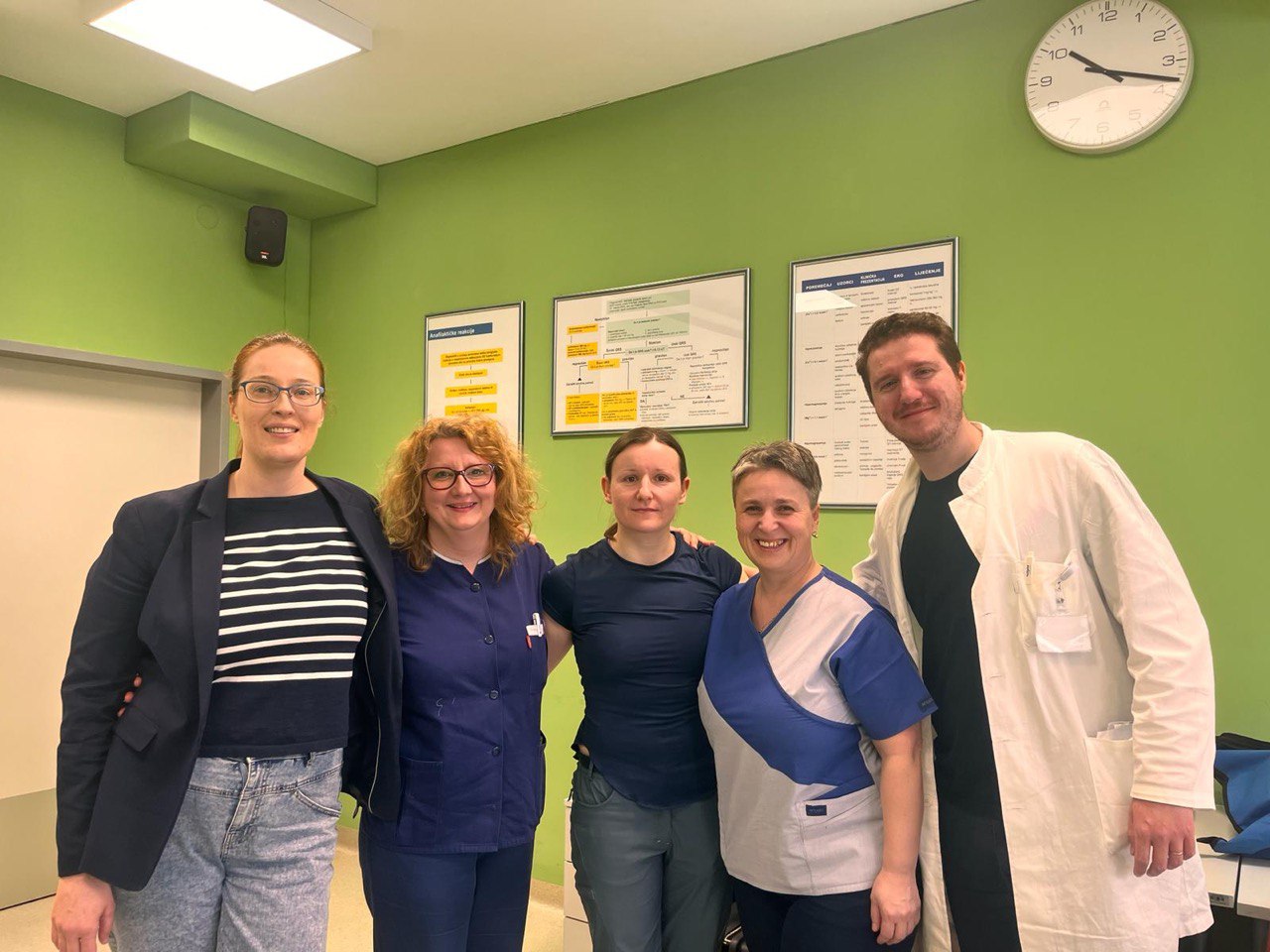
It was agreed that in future the EMS would directly prenotify the neurologist who would meet the patient at the emergency entrance and accompany them right up to the clinical decision. The process would be supported by the prenotification checklist, which Dr Juraj translated into Croatian.
In order to shrink the change so the task would seem less daunting, it was further agreed that a one-month trial period would commence on 12 October 2023, to understand how prenotification and checklists worked in practice.
Maria’s next visit to Koprivnica was on 22 November. It was the start of winter and there was a bite in the air. But inside General Hospital “Dr Tomislav Bardek” Koprivnica there was the warm glow of success. In the preceding month the hospital had treated nine stroke patients in an average DTN time of 55 minutes.
The hospital now has two pathways for stroke patients. Those that arrive via EMS are met at the entrance by the neurologist who has been prenotified of their arrival. In the roughly 25 percent of cases where patients arrive via private transport, the ED physician will perform a quick examination before alerting CT and the neurologist. The neurologist will meet the patient at CT where the ED doctor will hand over a checklist that is currently being adapted for this purpose. Decision-making in both scenarios will take place at CT.
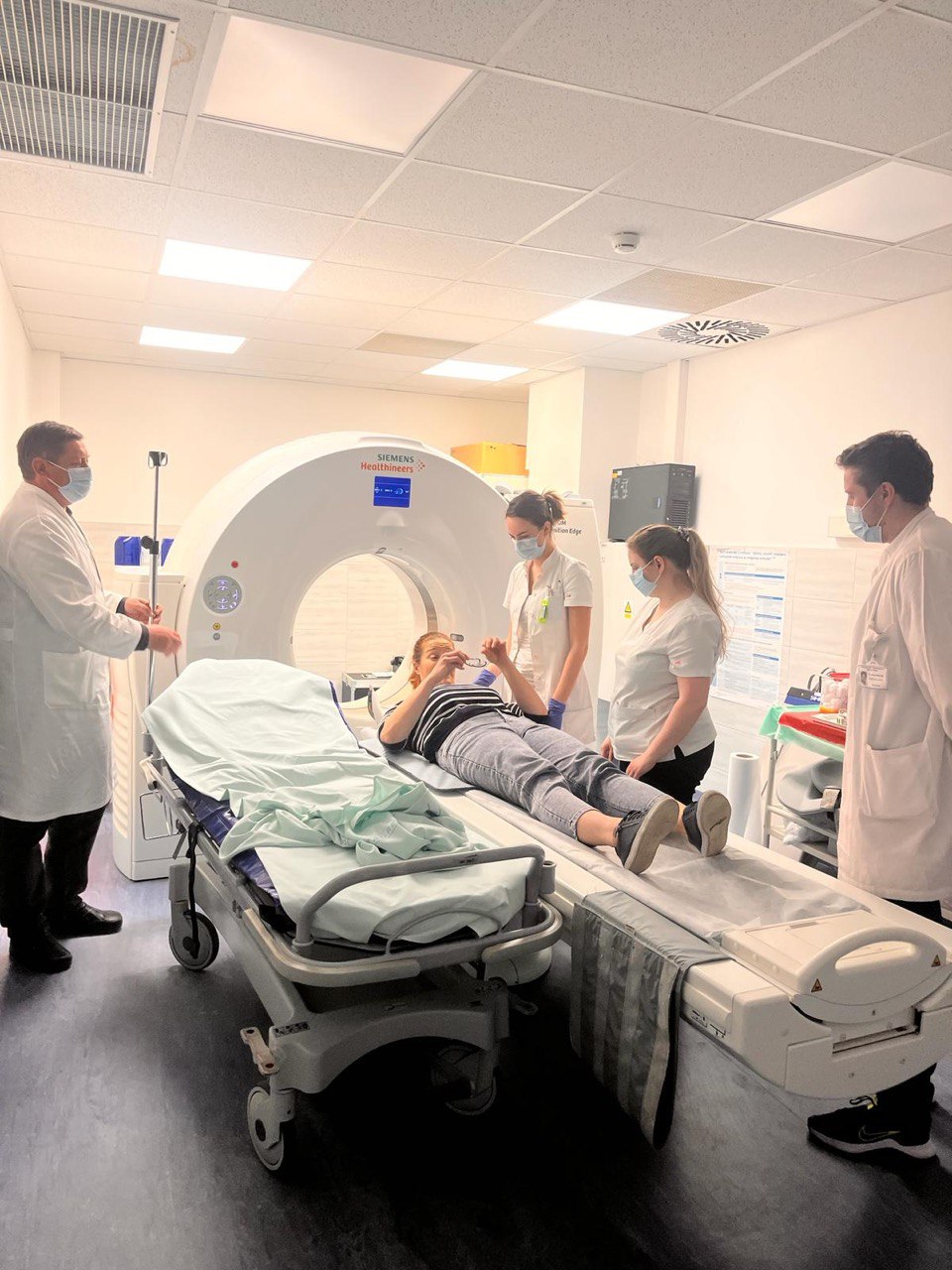
Dr Dijana Osman now has the task of creating and adapting the checklists for ED, contraindications, new protocols and pathway algorithms, that will standardise the updated stroke pathway.
These latest refinements are the consequence of two simulations that took place in March. In both cases, the simulated pathway was that of patients arriving on their own, with Dr Ana Domjan Babić of the EMS performing the role of the patient. The first simulation was completed in 33 minutes. After pathway changes to eliminate duplication, a simulation two weeks later produced a DTN time of 18 minutes.
June 2024 will be bring more progress to Koprivnica with another simulation (this time involving the EMS), a process review, and training for nurses that will include nurses from nearby cities.
Dr Juraj should be pleased as he already is with the enthusiasm of everyone in the working group. DTN is down to between 40 and 60 minutes; quality monitoring has become a priority, and both hospital and EMS are now well within reach of gold awards.
The forecast is that will be as sunny and warm inside as out.
